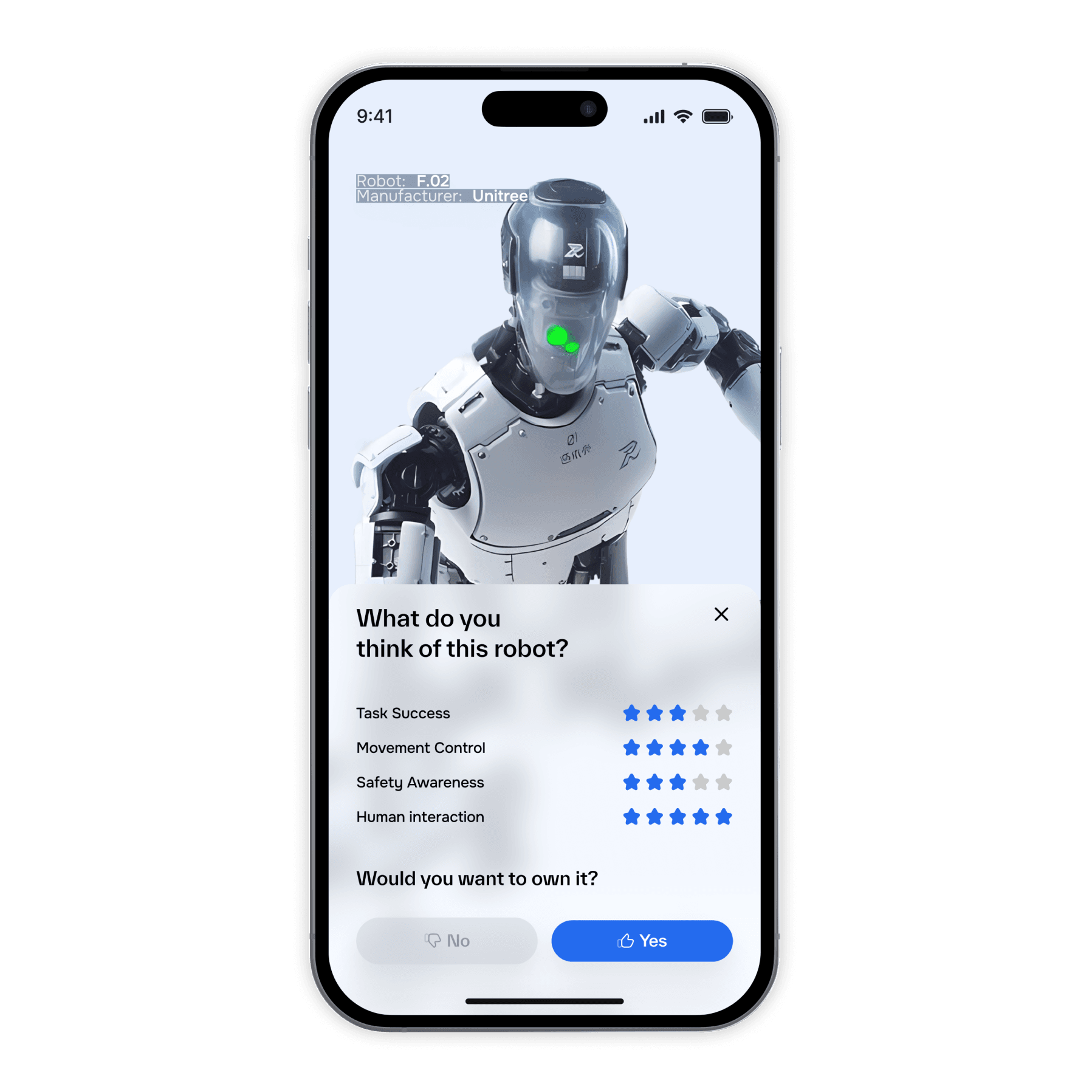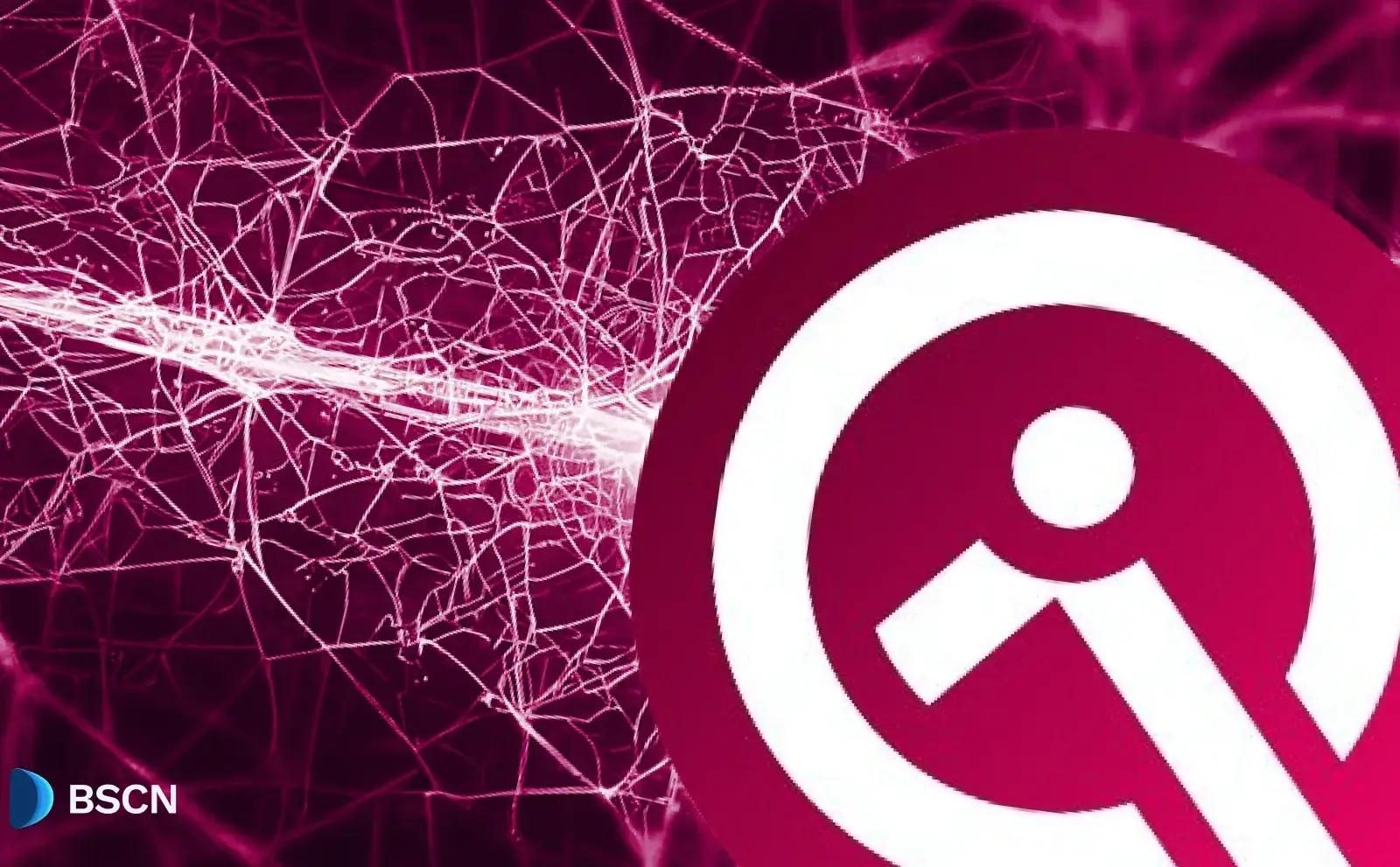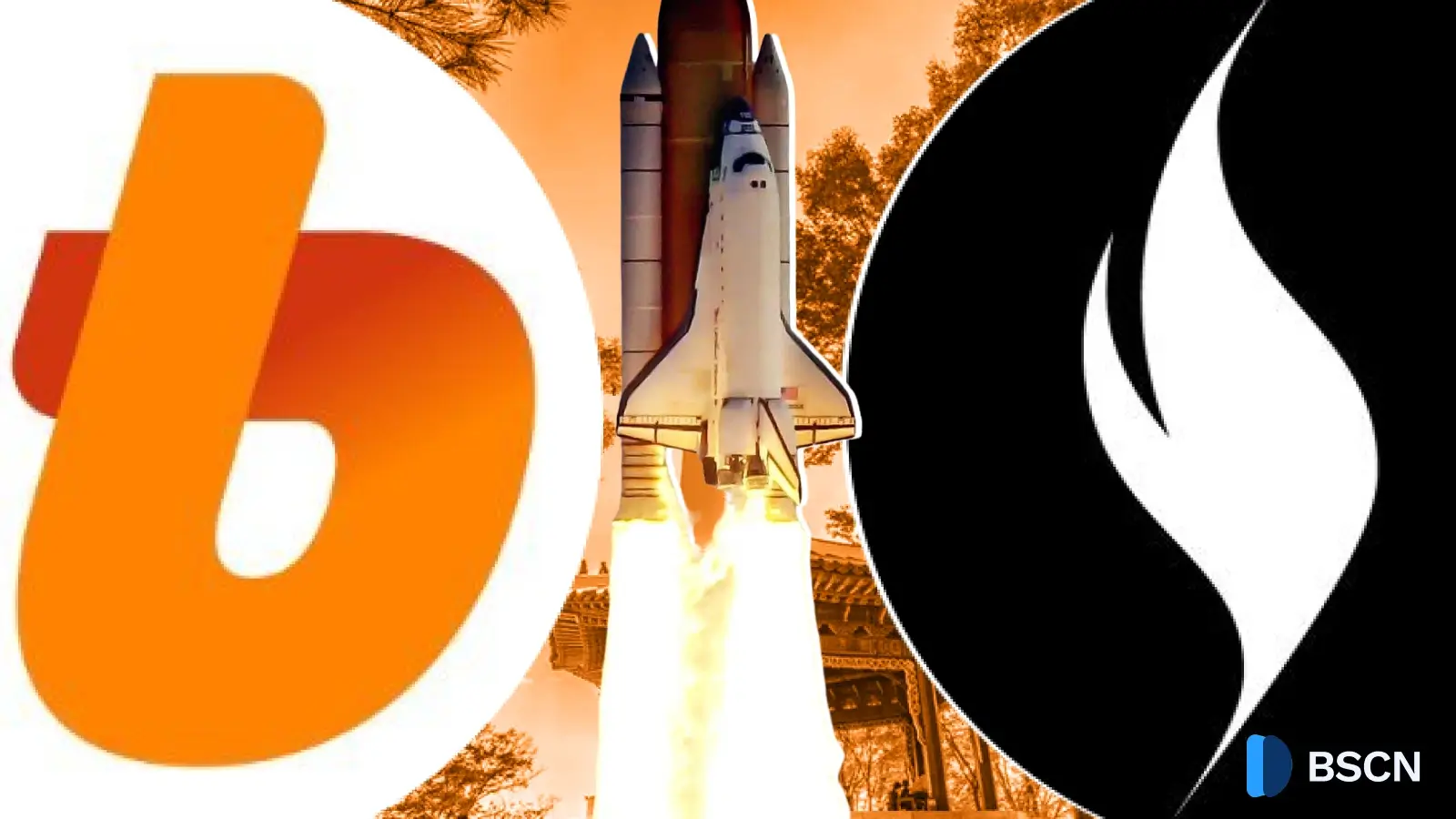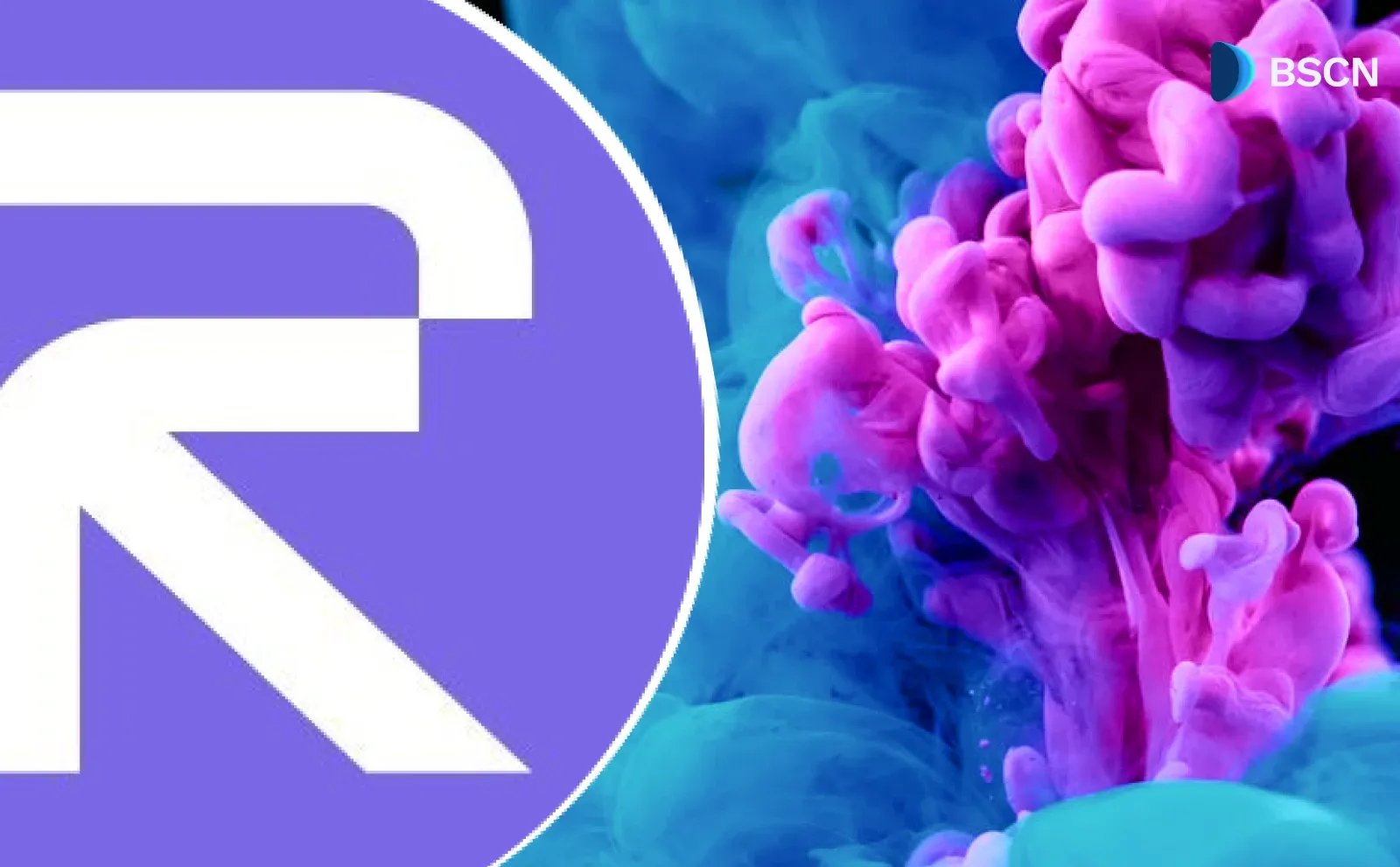Deepdive
(Advertisement)
What is Openmind: Exploring the AI Platform Enhancing Real-world Intelligence with its OM1 OS

OpenMind develops open-source AI software, including OM1 OS for robot intelligence and Fabric for decentralized machine coordination, enabling real-world collaboration.
UC Hope
November 7, 2025
(Advertisement)
Table of Contents
The world is currently embracing Artificial Intelligence (AI) on a large scale, with many platforms seeking ways to develop open-source software to enable easy processing of information. This is where OpenMind comes in, developing tools that allow robots to process information, learn from data, and coordinate tasks in physical environments.
Founded in 2024 by Stanford University bioengineering professor Jan Liphardt, the AI platform provides a software foundation for robots, including humanoid and quadruped models, to handle interactions with humans and other machines. It operates through two main components: OM1, a robot operating system that integrates AI models like OpenAI's GPT-4o with hardware for tasks such as navigation and communication, and Fabric, a decentralized network for machine identity verification and data sharing. This setup allows developers to deploy AI agents that ingest inputs from sources such as cameras, LIDAR sensors, and online data, and then execute actions in real-world settings.
What is OpenMind and How Does It Work?
As stated earlier, OpenMind focuses on creating software that enables intelligent behavior in machines, making human work easier. The company builds tools that will allow robots to interpret data from multiple sources, make decisions using large language models, and perform coordinated actions. For instance, a robot running OpenMind software can access web information, process visual data from cameras, or interact via social media platforms like X.
The platform works by combining AI with physical hardware. Developers configure AI personas that operate in cloud environments or on devices such as TurtleBot 4 robots or humanoid units. These personas use models from providers such as Gemini, Claude, and DeepSeek to handle queries and tasks. In practice, this means a user can instruct a robot to explore a space, assist with educational activities, or post updates online, all of which are mediated by the software stack.
OpenMind's approach emphasizes open-source access, enabling users to modify the code to meet specific needs, such as optimizing for home or office use. The system includes guides for developers covering command-line interface commands, project structures, and steps for integrating new sensors or actions. This modularity supports deployment across varied hardware, reducing dependency on proprietary systems.
The Openmind Application, still in its Beta phase, is regarded as the “Uber For Robots,” allowing users to call for, provide, and evaluate robot services for everyday life. The application promises to turn real-world human contributions into the feedback that trains robots to act like humans.

“Like ChatGPT relies on user input and Tesla learns from drivers, OpenMind APP turns real-world human contributions into the feedback that trains robots to act like humans – at scale’” the website reads.
The OpenMind Ecosystem: OM1 and Fabric
The ecosystem consists of OM1 and Fabric, which together address individual robot functionality and network-level coordination. OM1 handles the core operations on a single device, while Fabric enables interactions among multiple machines.
Fabric functions as a peer-to-peer network that provides machines with verified locations, identities, and coordination protocols. It acts like a combination of GPS for positioning, VPN for secure connections, and a handshake mechanism for trust. Robots join the network with proof of identity and location, allowing them to share data and skills under defined rules for access and provenance. This supports scenarios in which machines form teams to learn from shared experiences or to distribute tasks.
For example, Fabric enables robots to exchange information about languages or skills, allowing one machine to adopt capabilities from another without direct human intervention. The network uses blockchain primitives for on-chain identities and payments, integrating with systems such as Base for badge collections and reputation tracking.
OM1 complements this by providing the runtime environment for agents. It supports middleware like ROS2, Zenoh, and CycloneDDS for communication between components. The architecture uses natural language data buses, making it accessible for debugging and extension.
Understanding OM1: The Robot Operating System
OM1 is an open-source operating system designed for robots, supporting deployment on hardware such as Unitree and Deep Robotics quadrupeds and UBTECH humanoids. It allows a single AI configuration to run in digital simulations or physical bodies, integrating models like GPT-4o for reasoning.
The system processes inputs from diverse sources, including web APIs, social media feeds, cameras, and LIDAR. Outputs include actions such as tweeting, navigating spaces, or providing homework help. Built entirely in Python, OM1 features independent modules for maintenance ease. Developers can add new data inputs or hardware support via plugins, without altering the core structure.
Key elements include:
- Preconfigured endpoints for voice-to-speech conversion and vision-language models.
- A web-based debug tool, WebSim, for real-time system monitoring.
- OM1's guide outlining workflows to help developers create high-performance agents.
In deployment, OM1 enables no-code setups and one-click applications, simplifying the process of making robots operational.
Features and Utilities of the Openmind Ecosystem
Modular Architecture and Data Integration: OpenMind's architecture is modular, with components that seamlessly integrate new data sources. This design allows developers to add inputs such as web data, social media, cameras, or LIDAR without requiring significant changes to the system.
Middleware Support: The platform supports standard middleware such as ROS2, Zenoh, and CycloneDDS. This ensures compatibility with existing robotics frameworks and facilitates robust communication between software components.
Mobile App Functionality: OpenMind offers a mobile app for iOS and Android devices. Users can mint on-chain identities, build reputation, and manage interactions with robots through this app. As of November 5, 2025, over 150,000 human users and 90,000 machine identities have been created via the app.
Developer Utilities and Incentives: Developer utilities include the OpenMind Developer League, which provides $250,000 in credits for contributions to the platform. OM1 has trended on GitHub, indicating active community engagement and developer interest.
Educational Programs: OpenMind runs educational programs targeted at K-12 STEM education. These programs cover topics in AI, mechanics, and ethics, aiming to introduce robotics concepts to younger audiences.
Hardware Integration: The platform supports hardware integration with NVIDIA AGX processors and RealSense AI sensors from an Intel spinout. This extends compatibility to various processing units and sensory hardware.
Plugin Support for Extensions: The system includes plugins for API endpoints that facilitate adding new sensors or actions. This allows for customization and expansion of robot capabilities without overhauling the core software.
Partnerships and Funding
OpenMind raised $20 million in funding in August 2025, led by Pantera Capital. Participants included Ribbit Capital, Coinbase Ventures, Digital Currency Group, Faction VC, Anagram, Black Dragon VC, Ambush, Pi Core Team, Topology VC, Primitive Crypto, Pebblebed, and Amber Group.
In October 2025, Pi Network Ventures made its first investment, leveraging Pi node operators to run AI workloads on unused compute resources. Funds support engineering expansion, partnership growth, and initial robot deployments.
Partnerships involve hardware firms like Unitree Robotics, Deep Robotics, UBTECH Robotics, and RealSense AI. Blockchain collaborations include Coinbase Developer for x402 payments, demonstrated in a humanoid transaction, and Base for identity networks.
Other innovations include Surf Copilot for analytics, RoboticsCtr for events, and forums such as the Open Robotics AI Forum. Events have occurred in Korea, Singapore, and Silicon Valley.
The Importance of OpenMind in Robotics
OpenMind addresses interoperability issues in robotics, where machines from different manufacturers often cannot share data or collaborate. By providing open-source software, it enables standardization similar to Linux in computing or Ethereum in decentralized applications.
The platform supports machine-to-machine learning, enabling robots to share skills such as language processing. This is relevant for applications in homes, schools, hospitals, and manufacturing, where robots handle human interactions.
Fabric's identity verification and coordination reduce silos, aiding scalability to large robot fleets. OM1's hardware-agnostic architecture enables deployment across models, enabling rapid iteration based on user feedback.
Key Developments in 2025
Sponsorship of the IQ AI Agent Hackathon: On November 6, the company sponsored the hackathon, which is set to start on November 8. The event offers over $7,000 in prizes and the potential to gain access to a $10 million investment fund, with submissions closing on December 9.
Report on Minted Identities: OpenMind reported that 150,000 human identities and 90,000 machine identities have been minted via the platform's app, indicating growth in user and machine adoption for on-chain identity management.
Announcement of Pi Network Ventures' Investment: OpenMind announced an investment from Pi Network Ventures, marking the venture arm's first strategic investment and focusing on utilizing Pi node operators for AI workloads in robotics.
Surf Copilot Integration Live: The integration with Surf Copilot went live on October 16, enabling real-time analytics and tracking of OpenMind's progress and milestones.
Launch of Fabric Identity Network: The Fabric Identity Network and Badge Collection launched on Base, involving over 180,000 humans and thousands of robots through the app and developer portal.
Conclusion
OpenMind provides a software stack, via OM1 and Fabric, that enables robots to handle intelligent tasks and collaborate across networks, addressing key challenges in robotics interoperability. Its open-source model supports developer contributions and hardware compatibility, backed by $20 million in funding and partnerships with firms like Pantera Capital and Unitree Robotics.
Recent activities, including hackathons and identity minting, demonstrate active deployment and community involvement. This positions the protocol as a practical tool for integrating AI into physical machines, with ongoing iterations based on user input underscoring its role in the sector. Researchers and developers may consider exploring its GitHub repositories for direct implementation.
Sources:
- TechCrunch: OpenMind wants to be the Android operating system of humanoid robots - https://techcrunch.com/2025/08/04/openmind-wants-to-be-the-android-operating-system-of-humanoid-robots/
- Bitcoin.com: Pantera Leads $20M Openmind Funding Round - https://news.bitcoin.com/pantera-leads-20m-openmind-funding-round/
- OpenMind Official Website: https://openmind.org/
- OM1: https://openmind.org/#om1
Read Next...
Frequently Asked Questions
What is OM1 in OpenMind?
OM1 is OpenMind's open-source robot operating system that integrates AI models with hardware for tasks such as data processing and navigation on robots, including quadrupeds and humanoids.
How does Fabric work in the OpenMind ecosystem?
Fabric is a decentralized network that verifies robot identities and locations, enabling secure data sharing and coordination among machines via peer-to-peer protocols.
Who founded OpenMind and when?
OpenMind was founded in 2024 by Jan Liphardt, a bioengineering professor at Stanford University.
Disclaimer
Disclaimer: The views expressed in this article do not necessarily represent the views of BSCN. The information provided in this article is for educational and entertainment purposes only and should not be construed as investment advice, or advice of any kind. BSCN assumes no responsibility for any investment decisions made based on the information provided in this article. If you believe that the article should be amended, please reach out to the BSCN team by emailing [email protected].
Author
 UC Hope
UC HopeUC holds a bachelor’s degree in Physics and has been a crypto researcher since 2020. UC was a professional writer before entering the cryptocurrency industry, but was drawn to blockchain technology by its high potential. UC has written for the likes of Cryptopolitan, as well as BSCN. He has a wide area of expertise, covering centralized and decentralized finance, as well as altcoins.
(Advertisement)
Latest News
(Advertisement)
Crypto Project & Token Reviews
Project & Token Reviews
Comprehensive reviews of crypto's most interesting projects and assets
Learn about the hottest projects & tokens
Latest Crypto News
Get up to date with the latest crypto news stories and events

















